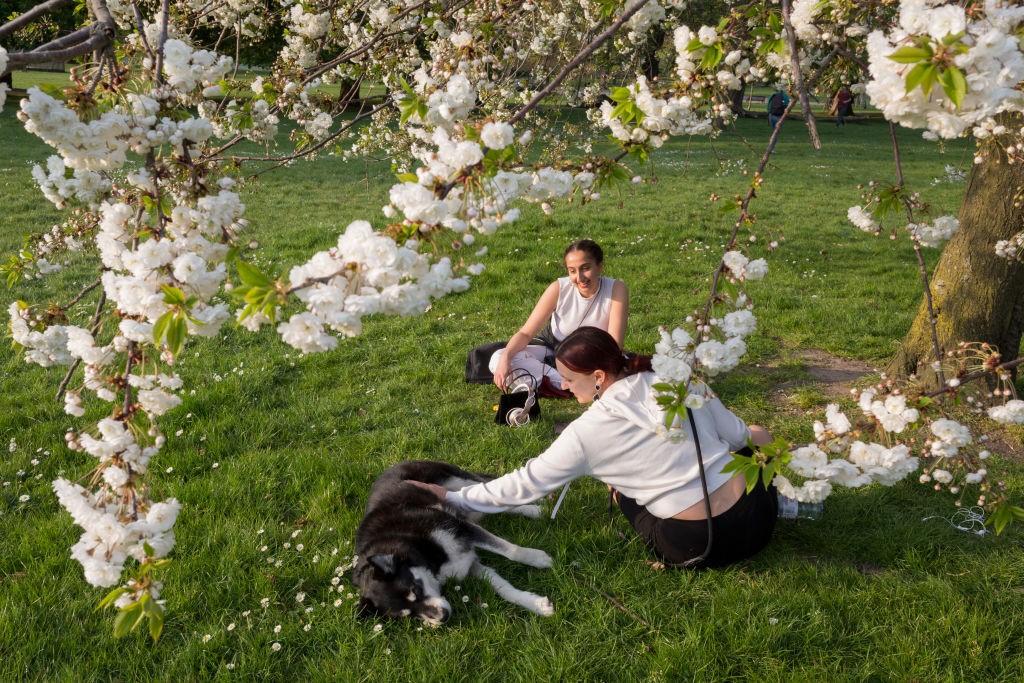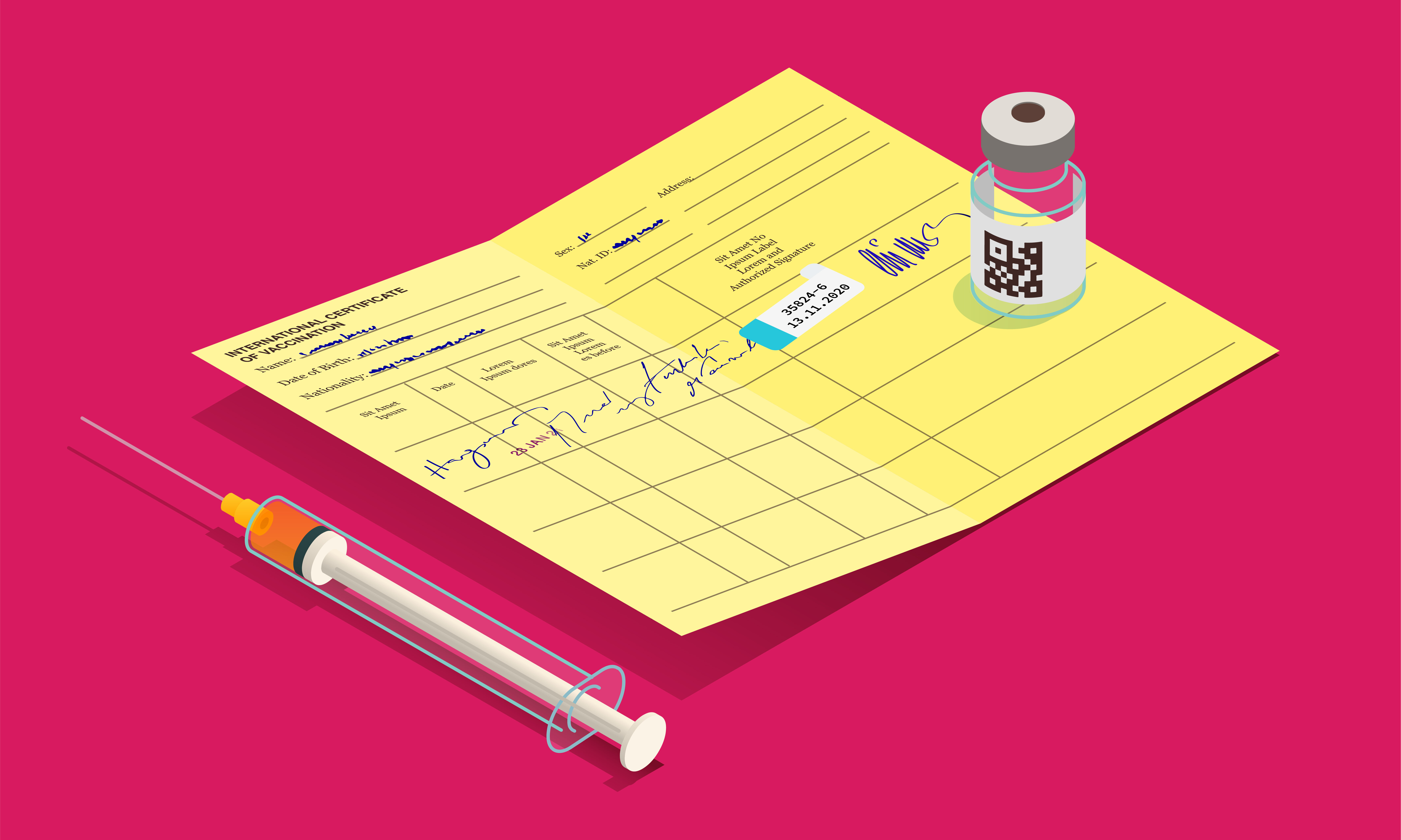Allergy season is back with a vengeance which means sleepless nights and uncomfortable days for those battling streaming eyes and noses.
Those with allergic rhinitis are significantly more likely to face sleep issues, from having trouble falling and staying asleep, to poor sleep quality and insomnia. And unsurprisingly perhaps, the worse your allergy symptoms are, the worse your sleep is, according to the Sleep Foundation.
Traditionally, the middle of May marks a sharp rise in the pollen count, troubling those with hay fever, while dust mites that live in household beds can also wreak havoc.
But a crap night’s sleep doesn’t have to be inevitable – even if your allergies are playing up. The key to a better night’s kip is keeping allergens at bay – or at the very least, minimising your exposure to them.

“Whatever issue you’re experiencing, practicing good sleep hygiene and creating a sleep-friendly environment will enhance your chances of falling asleep, staying asleep and sleeping well,” says Lisa Artis, deputy CEO of the Sleep Charity. “This includes a cool temperature of around 16 to 18 degrees; reducing humidity; eliminating distractions such as banning mobiles and tablets in the hour before bed; and sleeping on a comfortable, supportive bed.”
As the weather warms, here are her 10 tips for minimising misery between the sheets.
1. Keep the temperature in your bedroom between 16°C and 18°C. This is because dust mites are big fans of warmer temperatures and you want the room to be slightly cooler anyway for a good night’s sleep.
2. Remove flowers from bedrooms and opt for artificial plants instead.
3. Wash duvet covers and pillowcases regularly at a high temperature. This will help to kill mites and remove mite faeces.
4. If you can’t wash your pillows, freeze them – 24 hours in the freezer will kill any mites in a pillow prior to a cold wash, says Artis. You might want to wrap your pillow in a bag first to keep it clean.
5. Leave your duvet turned back during the day. This helps to get rid of moisture and helps make your bed less appealing to dust mites.
6. Avoid drying clothes on radiators in the bedroom. “Drying clothes indoors involves releasing a very surprising amount of moisture into the air,” says Artis. “This can add to, or cause, mould problems.”
7. If you can, take your mattress outside for a good airing and then replace it upside-down and the opposite way around to its previous positioning. Avoid airing your mattress when the pollen count is too high, though – tree pollen tends to peak in the early afternoon, while grass tends to be worse in the morning before 11am and again in the late afternoon and early evening from about 4.30pm.
8. While the mattress is gone, clean the base of your bed with a soft brush to remove fluff and dust – if you have to use a vacuum cleaner do so very carefully and with the window open.
9. While the bed is moved out from any walls, vacuum thoroughly underneath and around the bed, as this area can yield huge amounts of dust and fluff.
10. If you’ve got really bad pollen allergies, consider investing in an air purifying fan. Keep an eye out for ones with small-particle or HEPA filters to keep the air clean.




